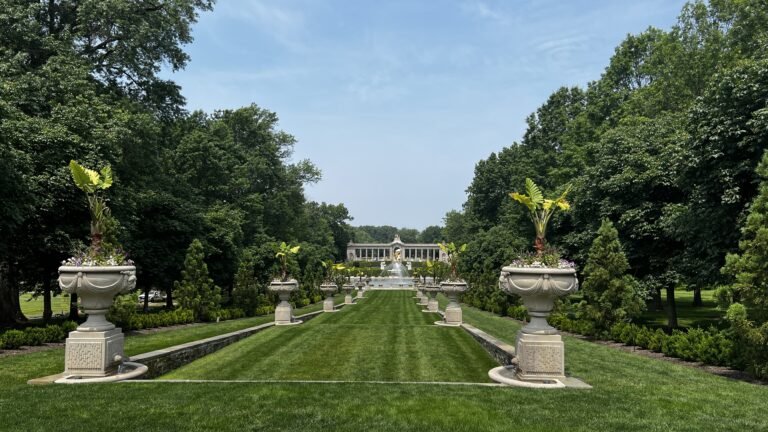This post may contain affiliate links, which means I may earn a small commission from purchased products at no additional cost to you. See my full disclosure here.
For Garden Gazers, the greater Philadelphia area offers a sensory spectacle for all seasons, inspiring the region’s nickname, America’s Garden Capital. More than 30 public gardens, arboreta, and historic landscapes reside within a 30-mile radius of Philadelphia, including the estates and gardens of the du Pont family in the Brandywine Valley region. I embarked on my horticulture adventure in June when the gardens were in technicolor bloom. I wanted to explore the du Pont dynasty’s deep-rooted love for horticulture and how their shared passion shaped the landscapes of southeastern Pennsylvania and northern Delaware.
Hagley Museum: Where the du Pont Legacy Took Root
Gunpowder Mills and French-Style Gardens
The du Pont’s horticultural heritage first took root in this region at what is present-day known as the Hagley Museum and Library in Wilmington, Delaware. Pierre Samuel du Pont de Nemours, the family patriarch, was a prominent economist and political thinker in France during the 18th century. His son, Éleuthère Irénée du Pont, trained under Antoine Lavoisier, the famous chemist who managed the French government’s gunpowder production.
In 1800, Éleuthère and his family emigrated from France to the U.S. during the political turmoil following the French Revolution. Two years later, Éleuthère founded E.I. du Pont de Nemours and Company to make gunpowder using techniques he learned in France.
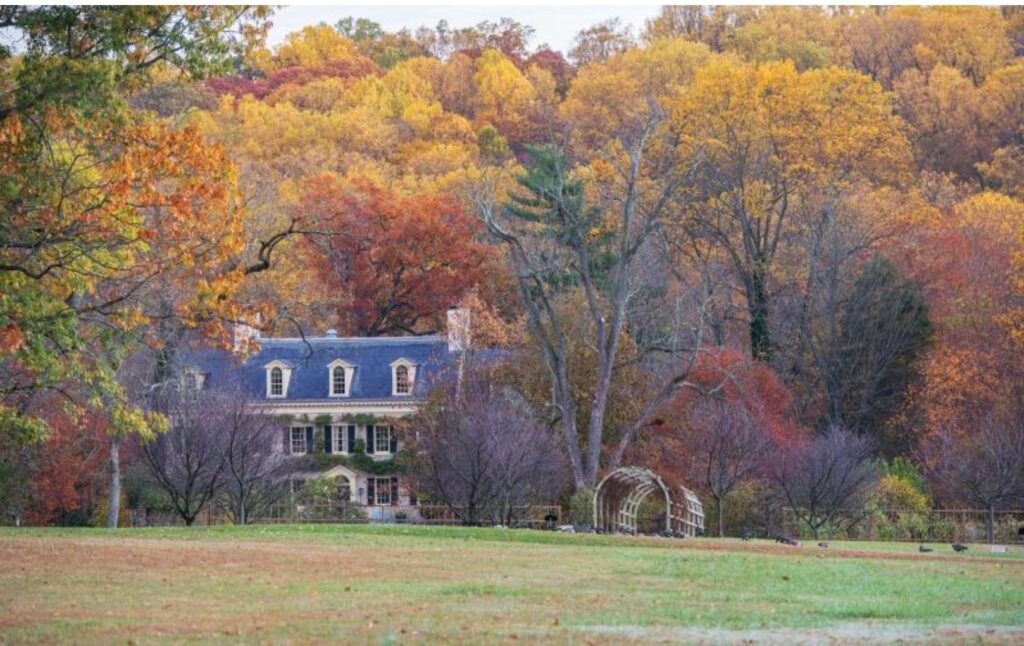
Touring the Original Family Estate
The French immigrant established a gunpowder mill on the banks of the Brandywine River and built his home, Eleutherian Mills, nearby. The site was ideal for gunpowder manufacturing because it provided water to power the mills, wooded land for charcoal production, and access to limestone and saltpeter for the manufacture of gunpowder.
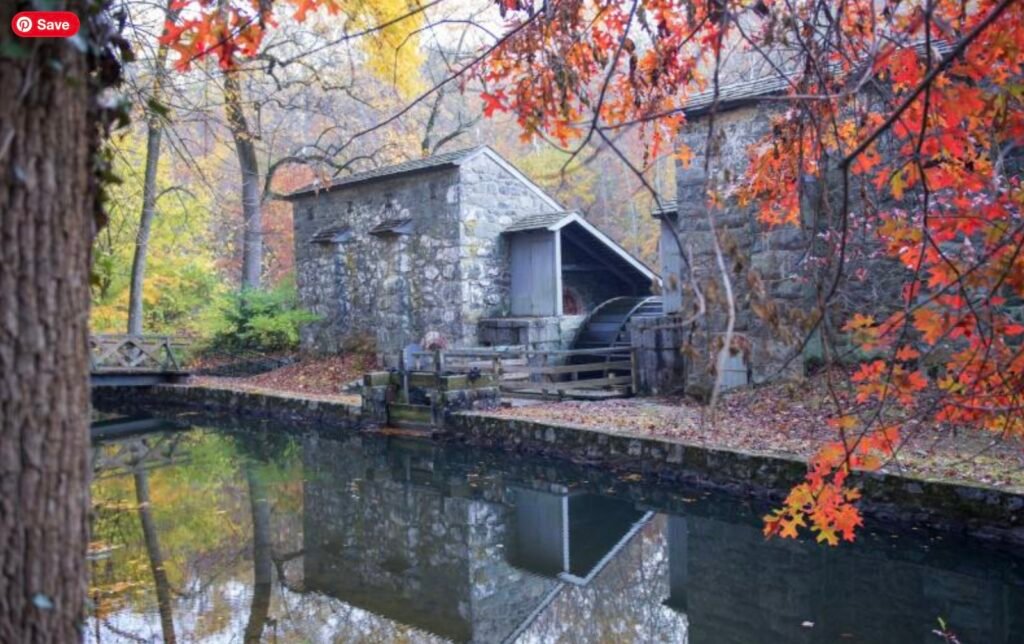
The du Pont family lived at the top of the hill overlooking the powder works site. Today, you can visit the restored du Pont family home, complete with its original furnishings, and stroll through its French-style gardens, as well as the remains of the gunpowder yards, including original mill buildings with some still featuring working machinery. Guided tours reveal the property’s history, and live demonstrations include gunpowder blasting and machine shop operations. The mill community includes three dams, upper and lower mill races, dozens of mill buildings, restored workers’ homes, and a schoolhouse. Also on site, the Hagley Library, which holds one of the most important archives of American industrial history.
Winterthur: American Decorative Arts and Natural Beauty
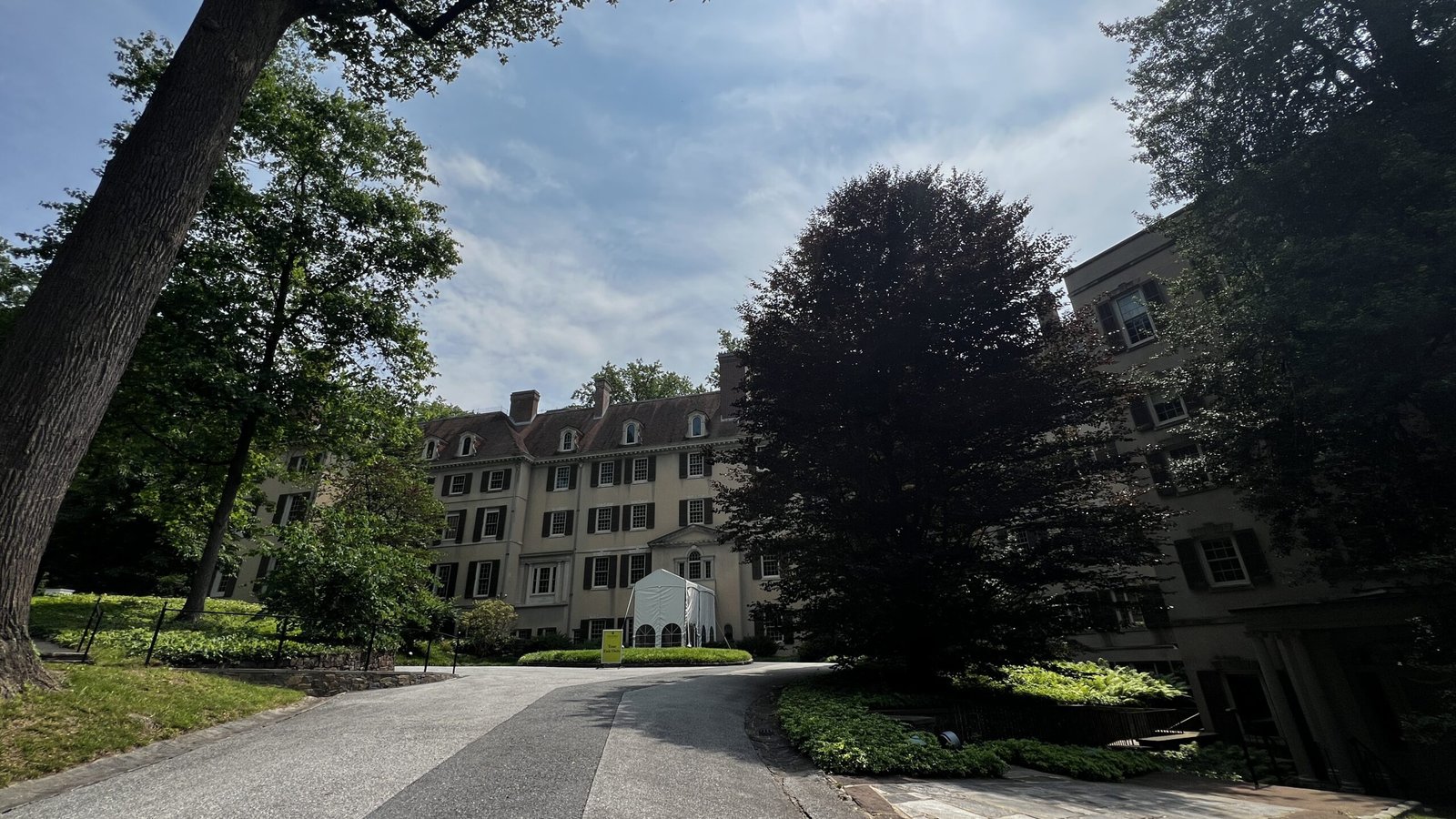
Historic Rooms and Rare Wallpaper
I started my tour of the du Pont’s landscape legacy at another family estate, Winterthur, also in Wilmington, Delaware. Jacques Antoine Bidermann and his wife, Evelina du Pont, built the Greek Revival home in 1837. The property became a passion project for their grandson, Henry Francis du Pont, who expanded the mansion to 175 rooms and cultivated acres of natural gardens.
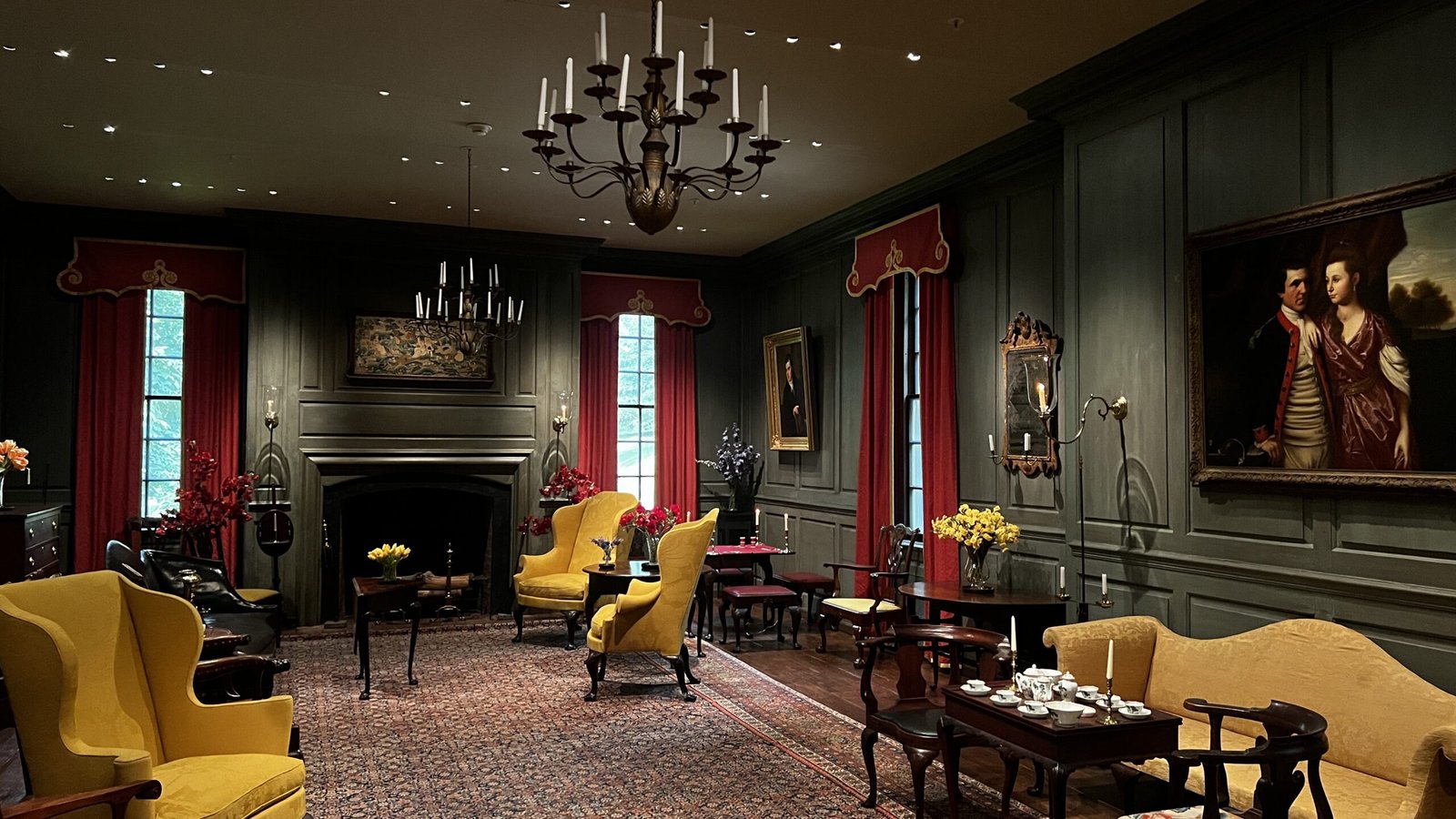
Today, the home stands as a museum of American decorative arts, dating from the time periods of 1640 to 1860. Henry filled the rooms with authentic furniture, wallpaper, textiles, and fine art to recreate actual interiors from historic American homes.
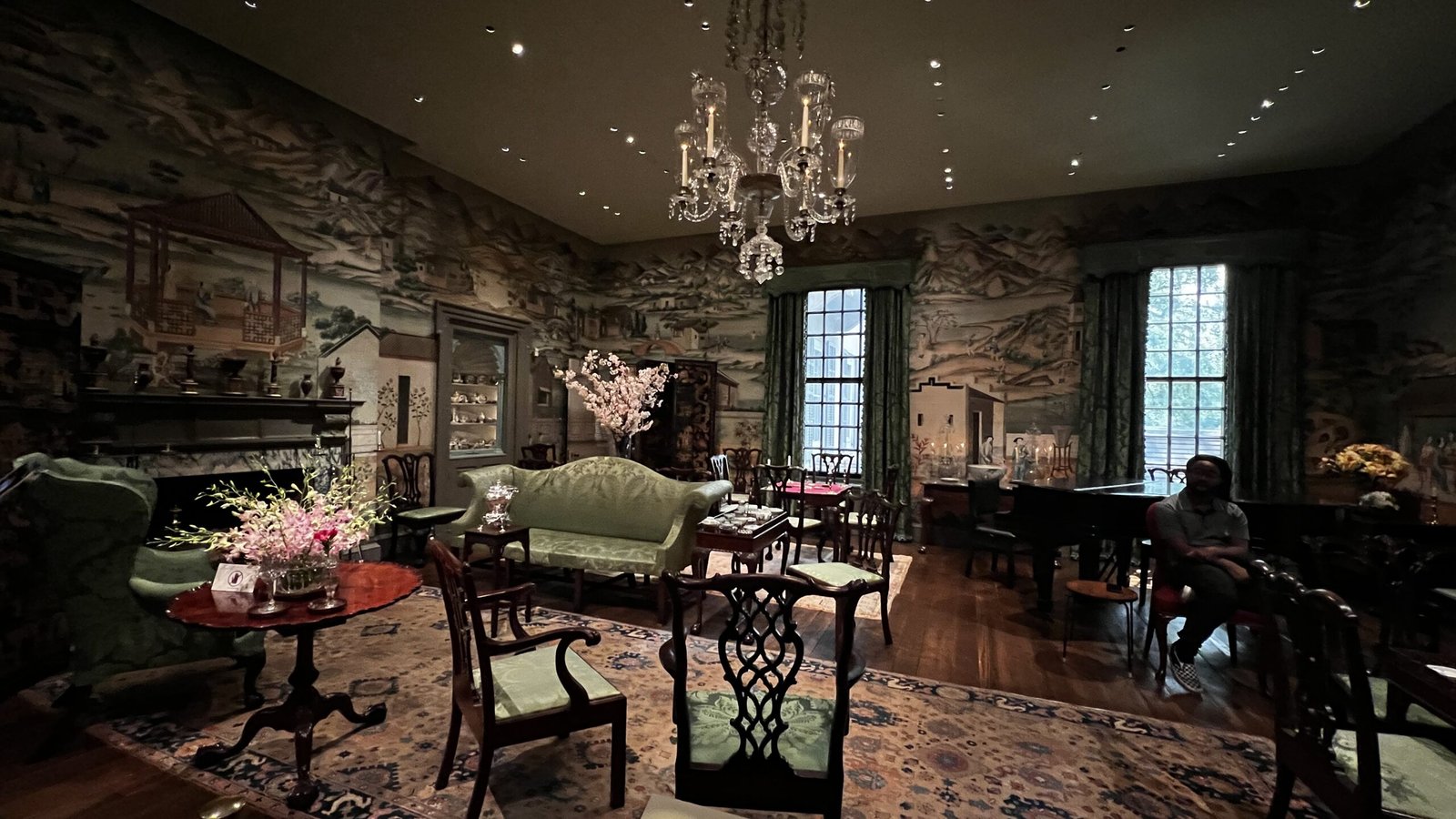
The Chinese Parlor at Winterthur offers a rare example of original Japanese hand-painted wallpaper known as Chinoiserie, a highly prized style in Europe and America for its exotic, elegant imagery featuring birds, flowers, and landscapes painted on silk or mulberry paper.

Henry acquired the wallpaper from an 18th-century New England home to create one of Winterthur’s most iconic rooms, using it to convey the upper-class aesthetic for global luxury goods.
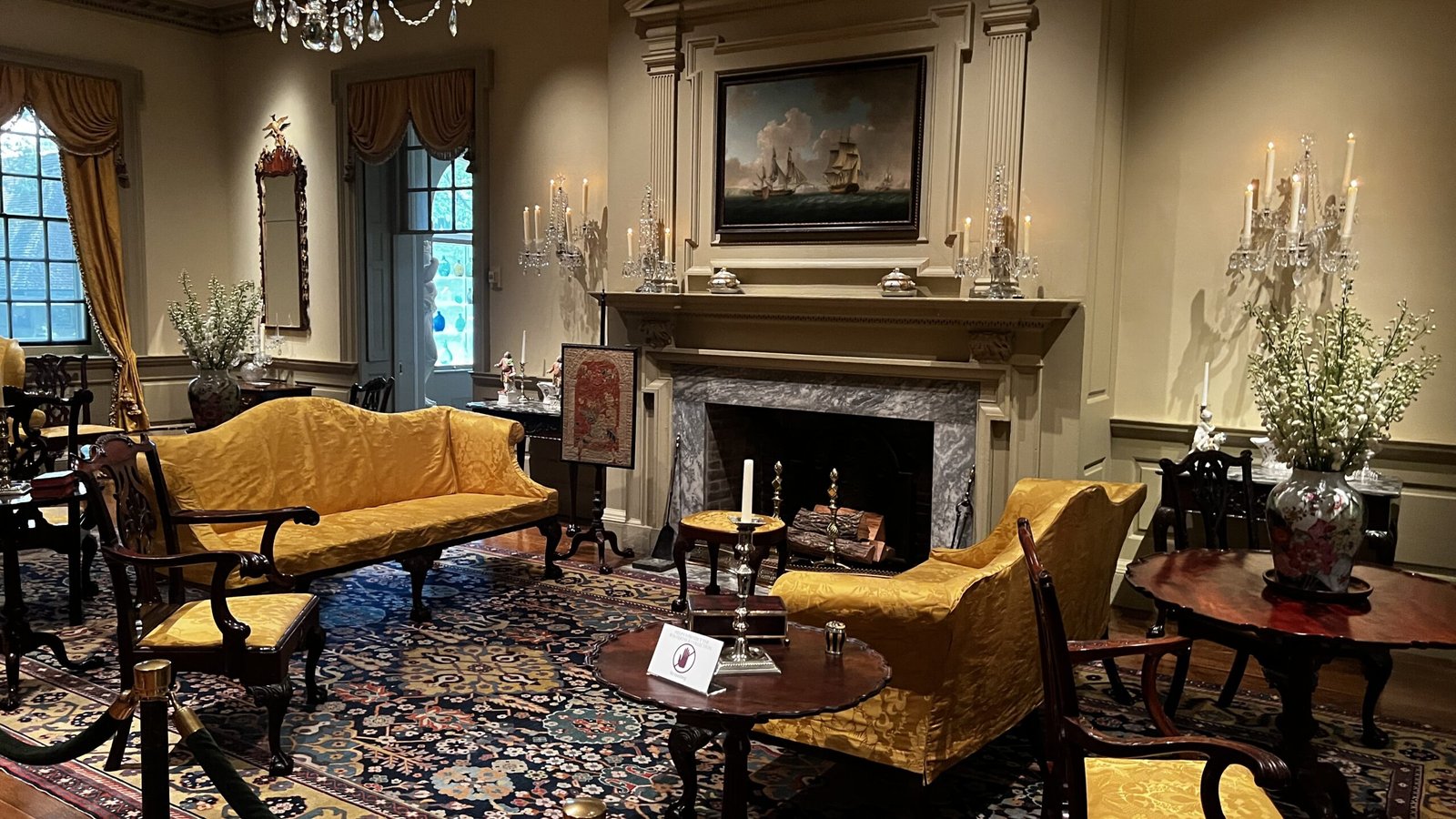
Henry furnished the Port Royal Parlor from a 1760s Maryland home to reflect the Chesapeake region’s wealthy colonial planters. Paneling, rococo carvings, and elegant furniture reveal the social aspirations of pre-Revolutionary America.
Winterthur’s sweeping cantilevered staircase is one of the home’s most photographed features, lined with portraits and 18th-century woodwork. Henry acquired the staircase from the grand Montmorenci plantation in North Carolina.
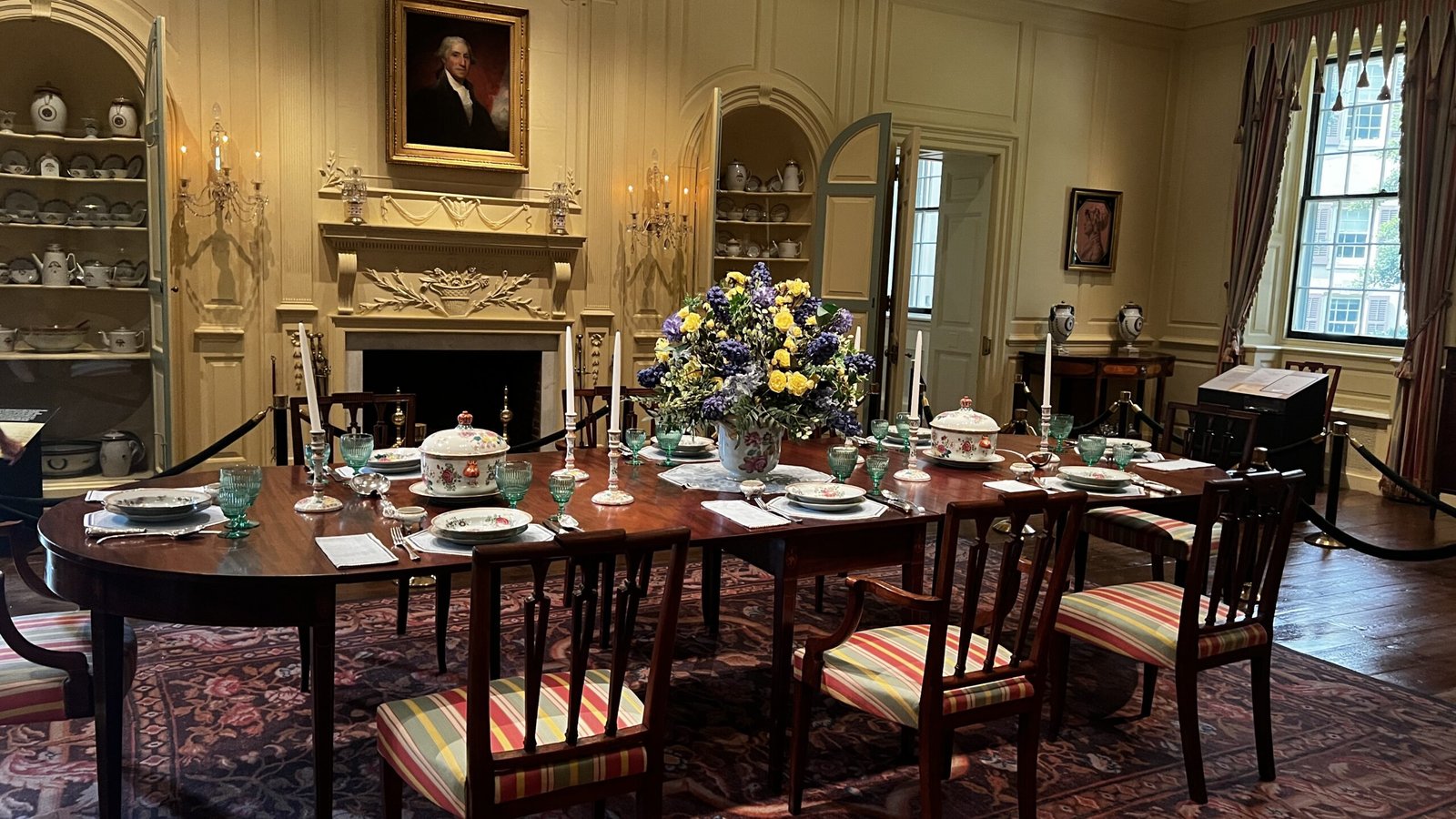
The du Pont dining room is restored to an 1830s interpretation, featuring silver, ceramics, and accessories that reflect daily life in early 19th-century America.
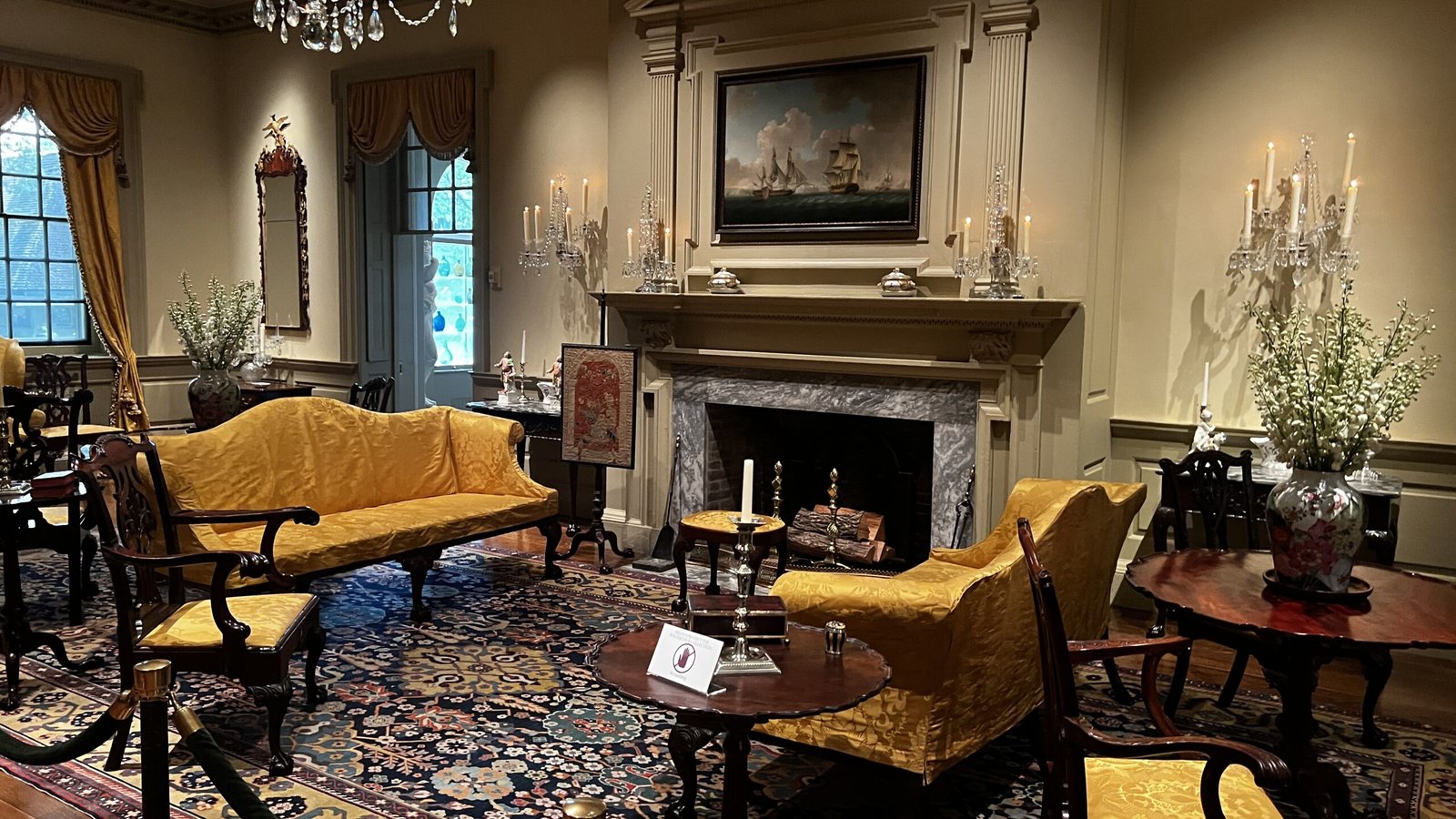
Another photogenic room, the Pennsylvania German Room, reflects the culture of German-speaking settlers in 18th-century Pennsylvania. Brightly painted furniture, folk art, and traditional textiles unique to this immigrant community fill the space.
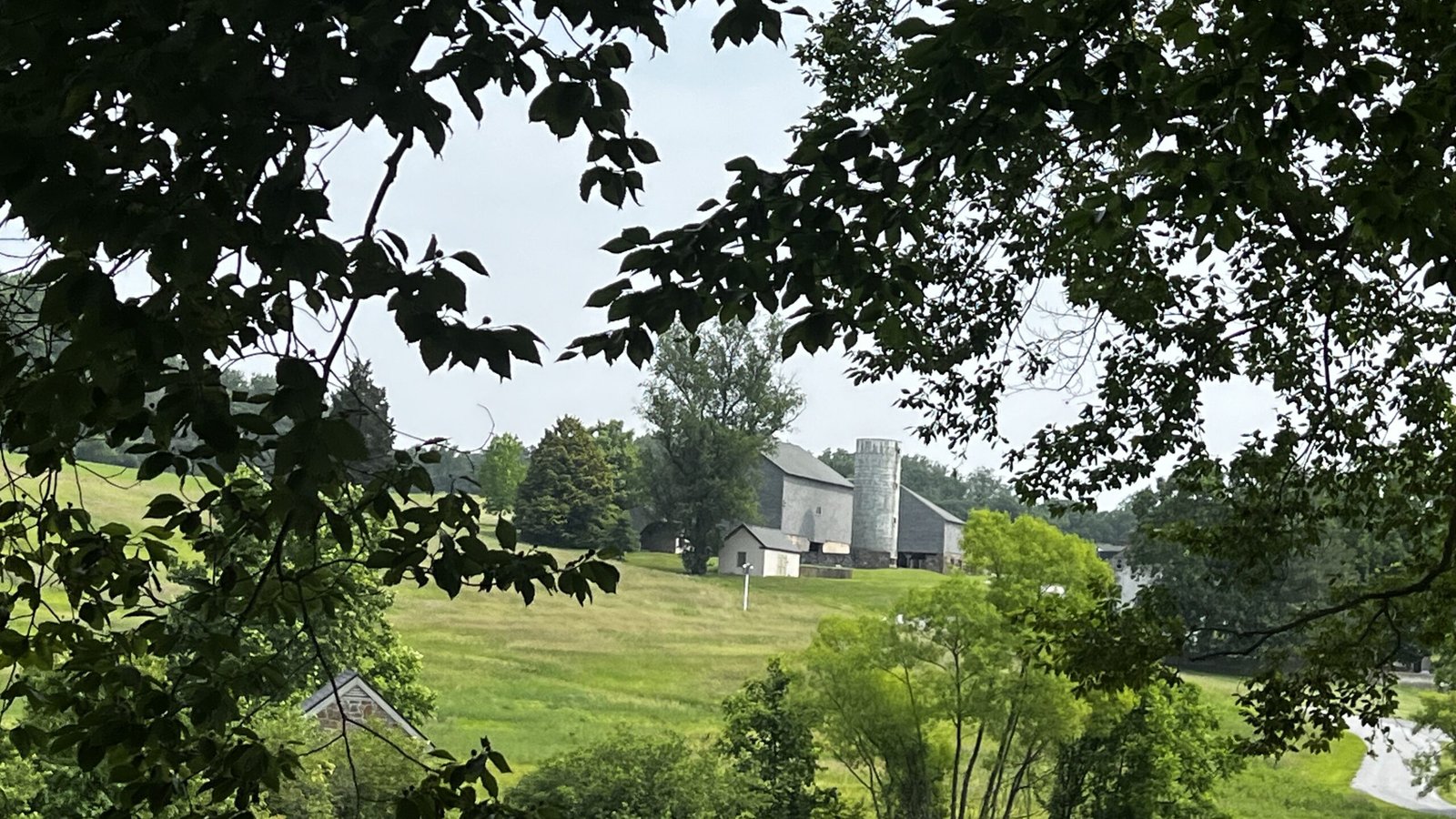
Gardens Designed by a Horticultural Visionary
Henry was a Harvard-trained horticultural visionary who cultivated more than 60 acres of Winterthur as a series of wild gardens, including meadows, ponds, old-growth trees, and winding trails.
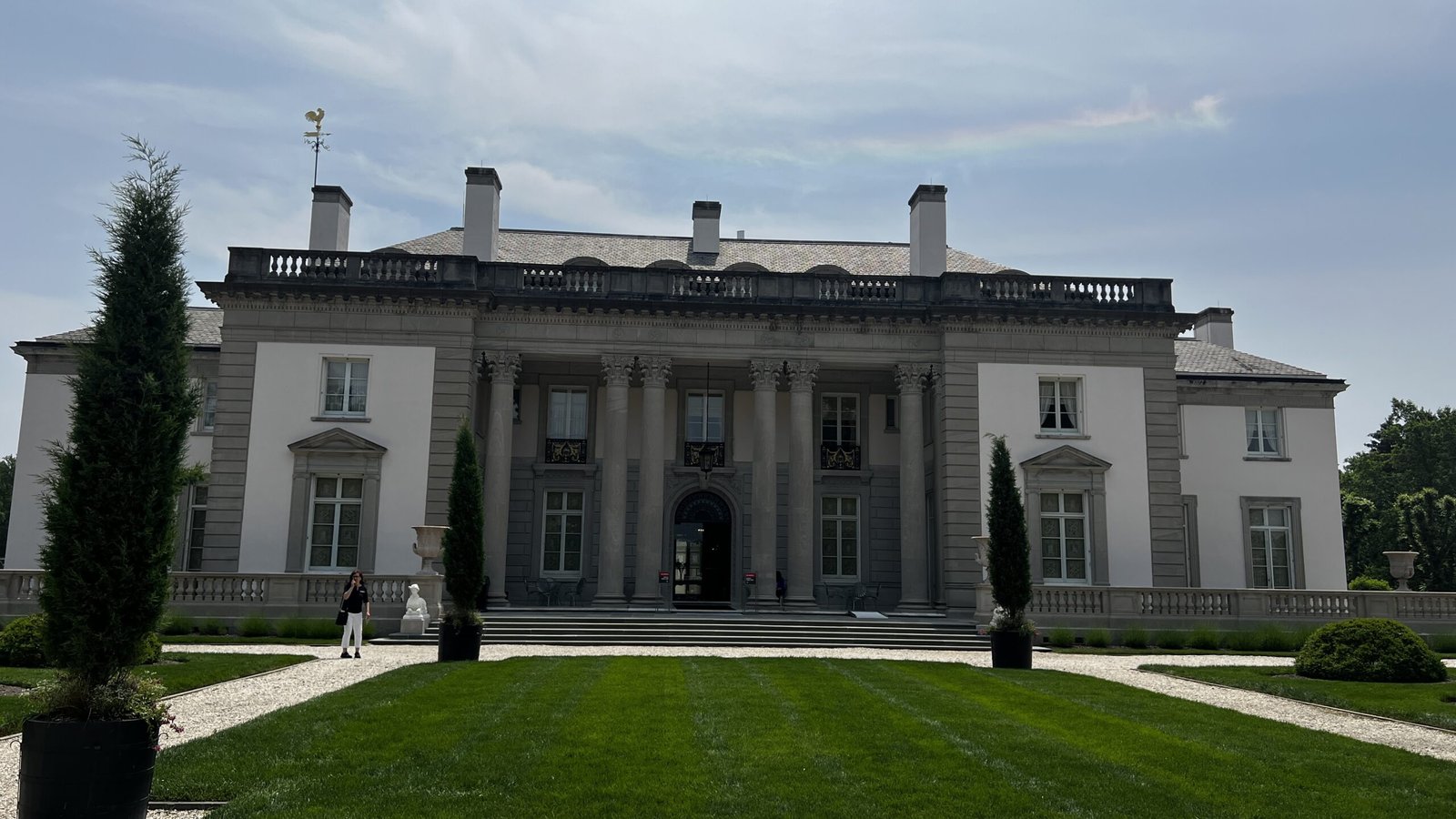
Nemours Estate: A Gilded Garden of Romance
My tour of America’s Garden Capital leads me to the Nemours Estate, a 77-room French neoclassical mansion built by Alfred I. duPont in 1910 as a romantic gesture to his second wife, Alicia. The mansion’s architectural style resembles a Louis‑XVI château and features several notable and historically significant rooms that reflect Alfred du Pont’s taste, wealth, and European influence.
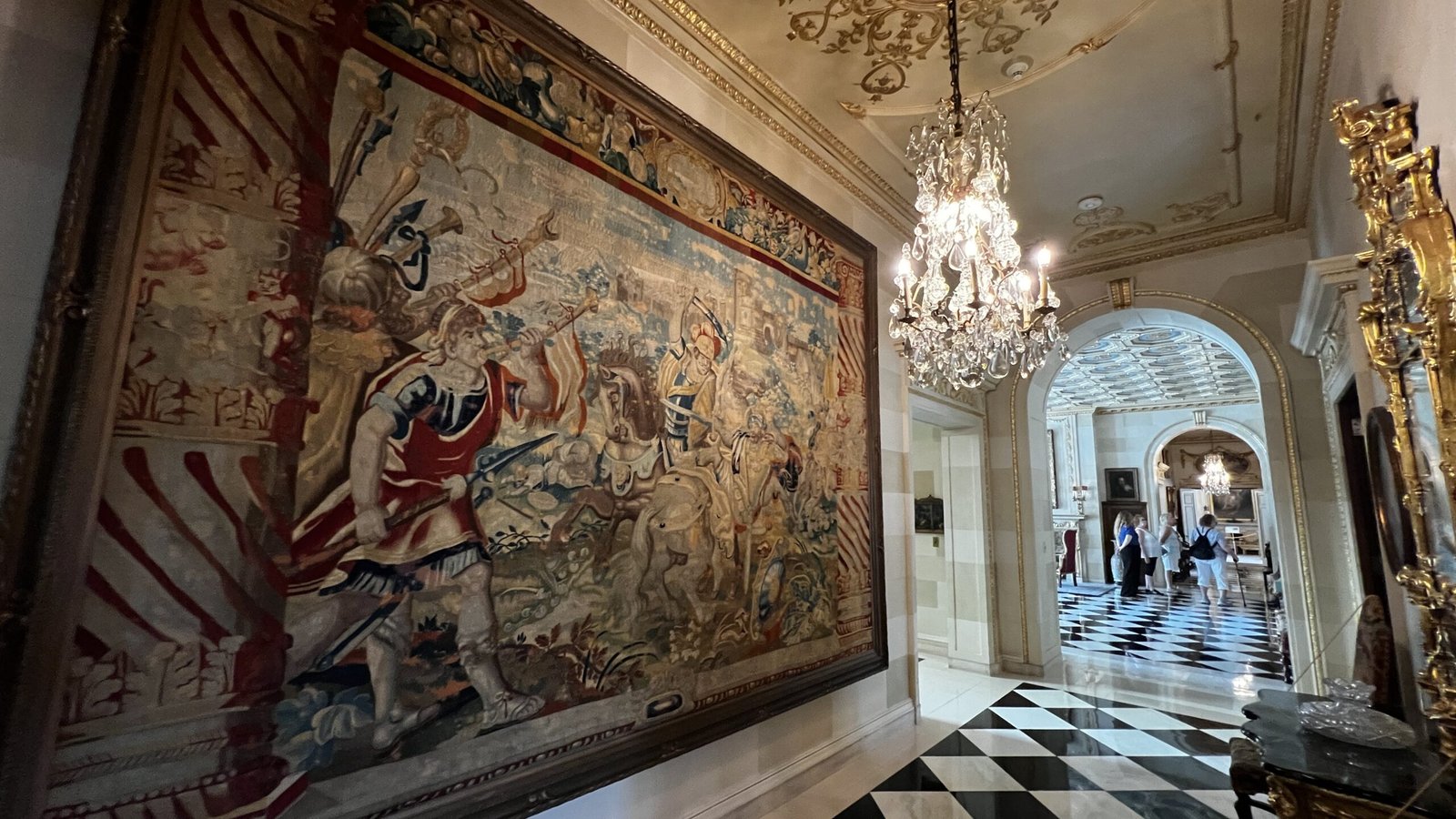
The home is filled with antiques, tapestries, and artwork left just as it was when Alfred lived there. The drawing room is the most opulent room in the house, often compared to a royal salon. It features ornate gilt wood paneling, crystal chandeliers, silk-upholstered walls, and a grand marble fireplace.
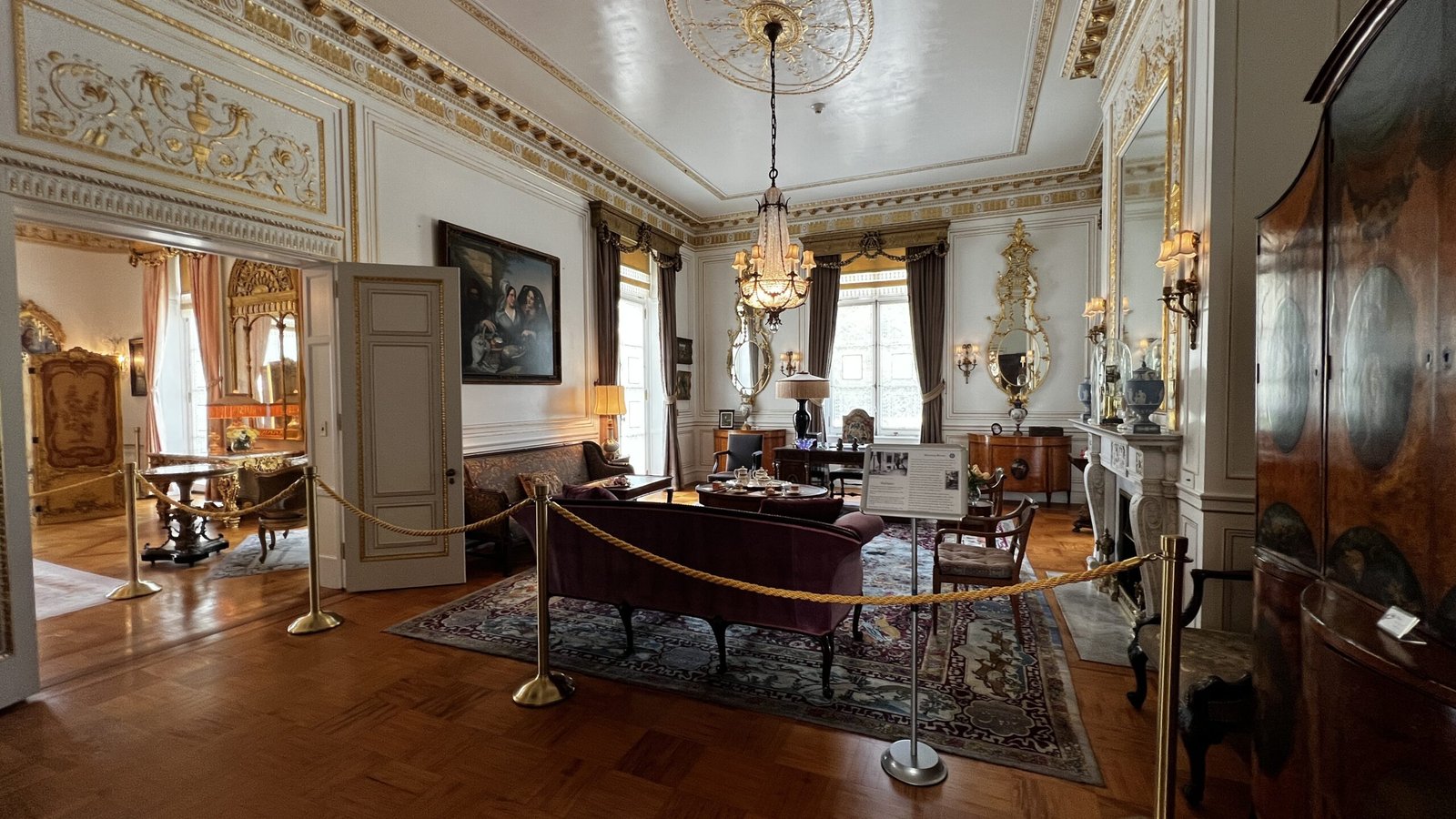
Furnished with 18th-century French antiques and tapestries. The dining room is designed in classical French style with a large dining table, formal portraits, and porcelain, crystal, and silver settings from the du Pont family collection.
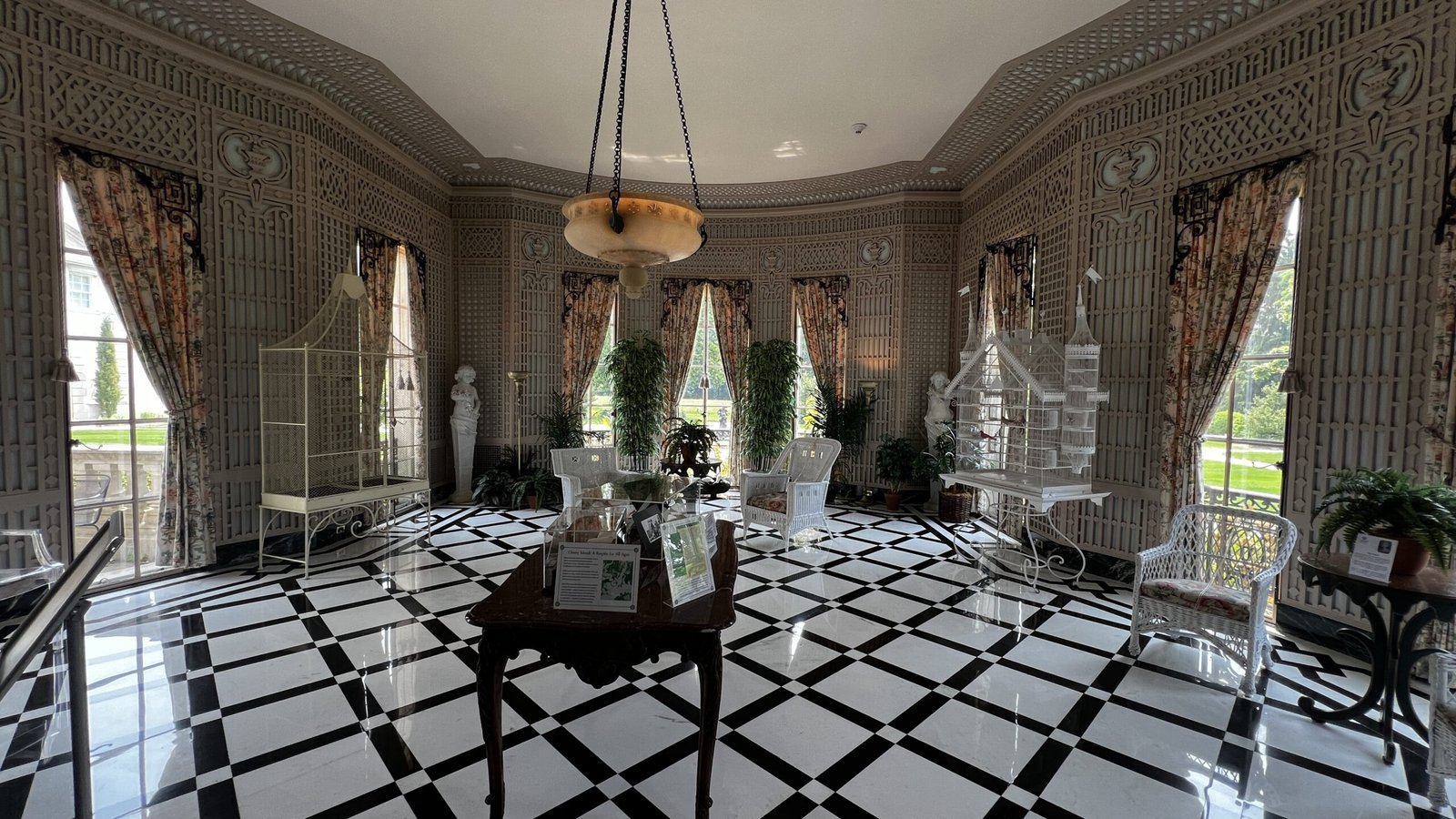
An indoor conservatory and solarium for relaxation exudes private luxury that defined Gilded Age estates where wellness, and self-contained living were central to daily life. The home’s basement served as the recreational wing with a two-lane bowling alley with polished wood lanes and a gym.
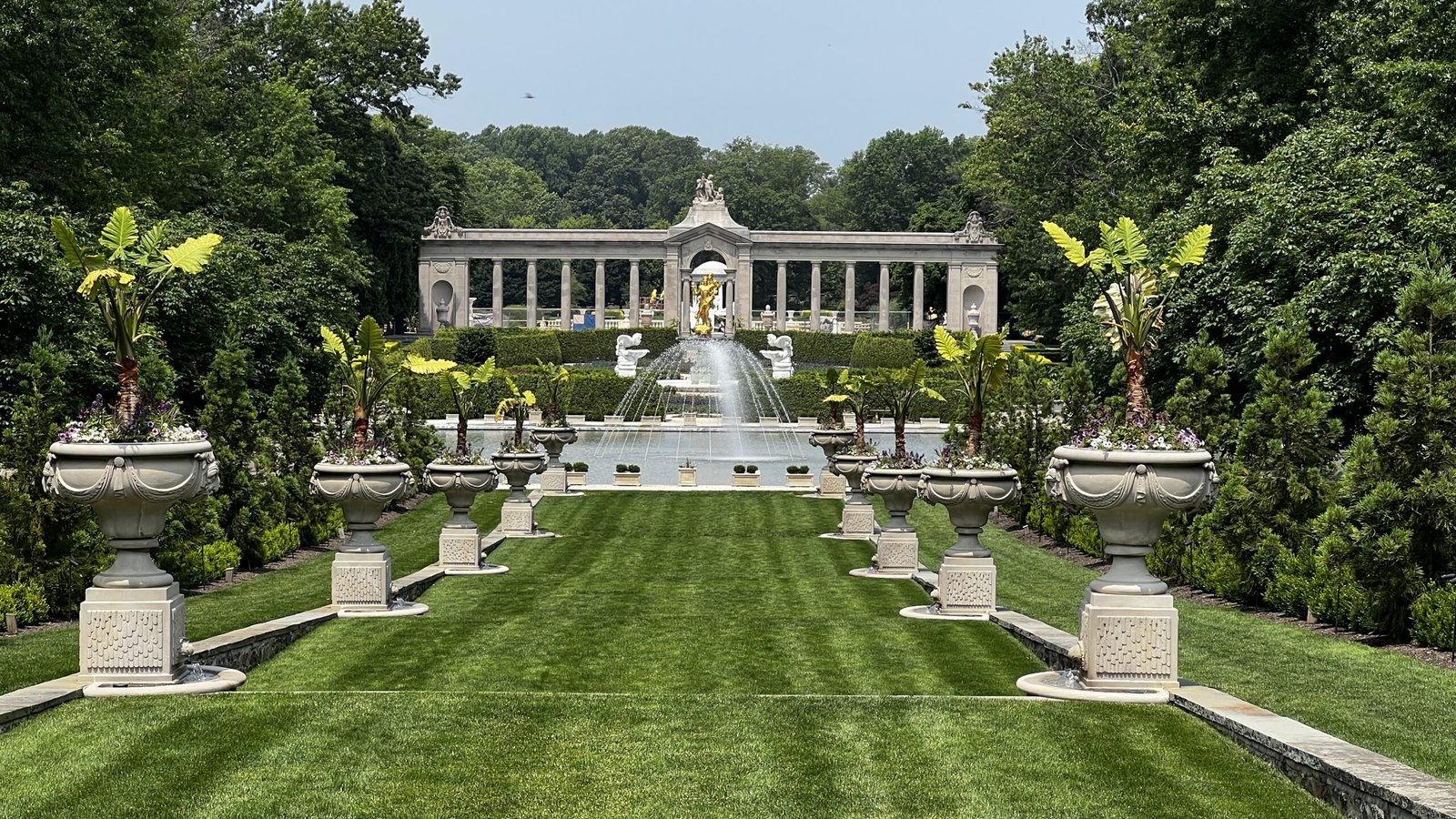
This 200‑acre country estate includes the Boxwood Garden, the Reflecting Pool, Sunken Garden, Temple of Love, mirroring the grandeur of Versailles. Outside, I strolled along the iconic reflecting pool, admiring the many sculptures along the garden path. The carriage house and chauffeur’s garage display vintage du Pont automobiles and estate equipment.
Longwood Gardens: A Living Canvas of Horticultural Art
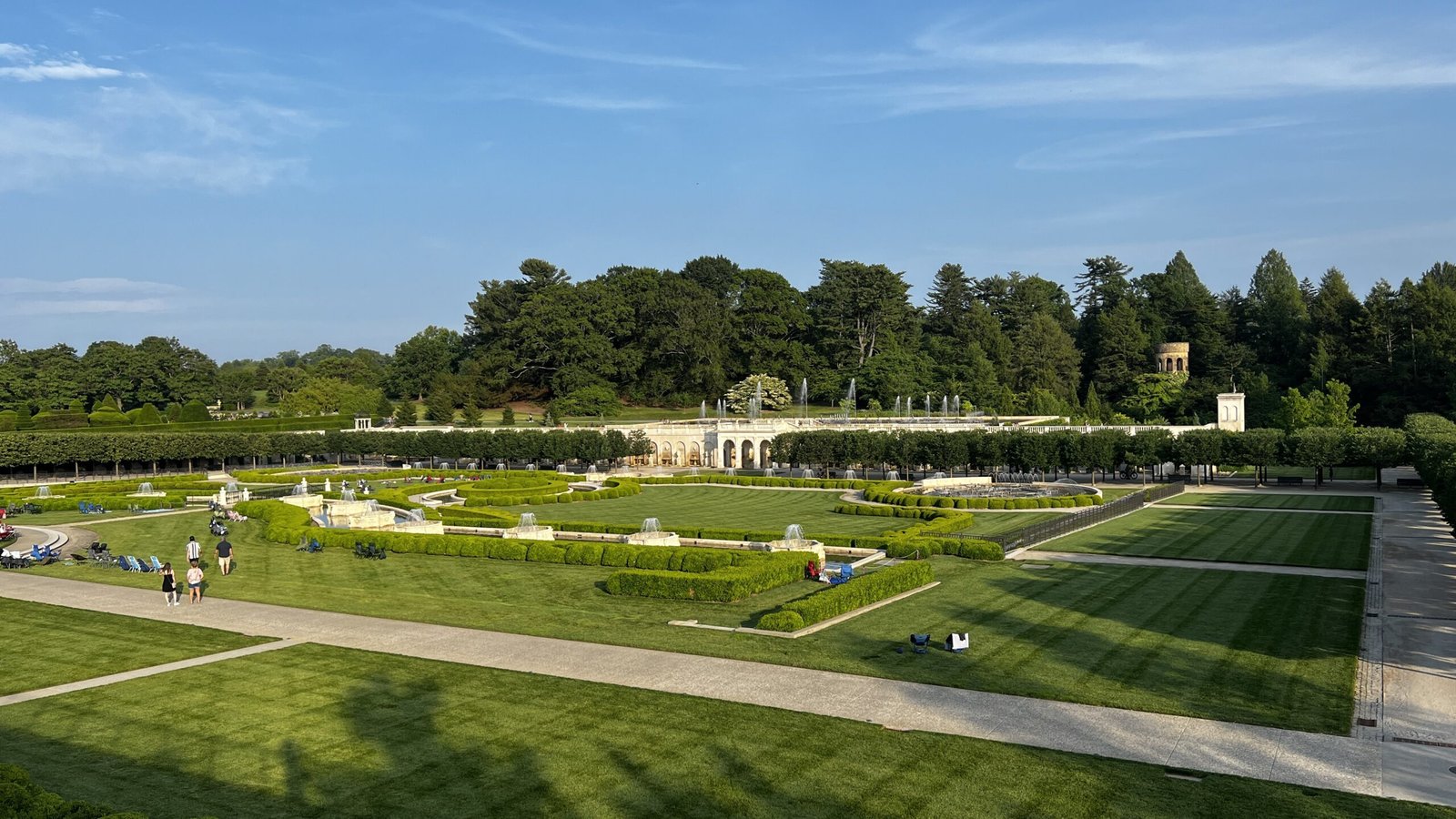
Crossing over the Pennsylvania state line from north Delaware, I arrive at Longwood Gardens in Kennett Square, Pennsylvania, a living canvas painted with Pierre Samuel du Pont’s horticultural imagination.
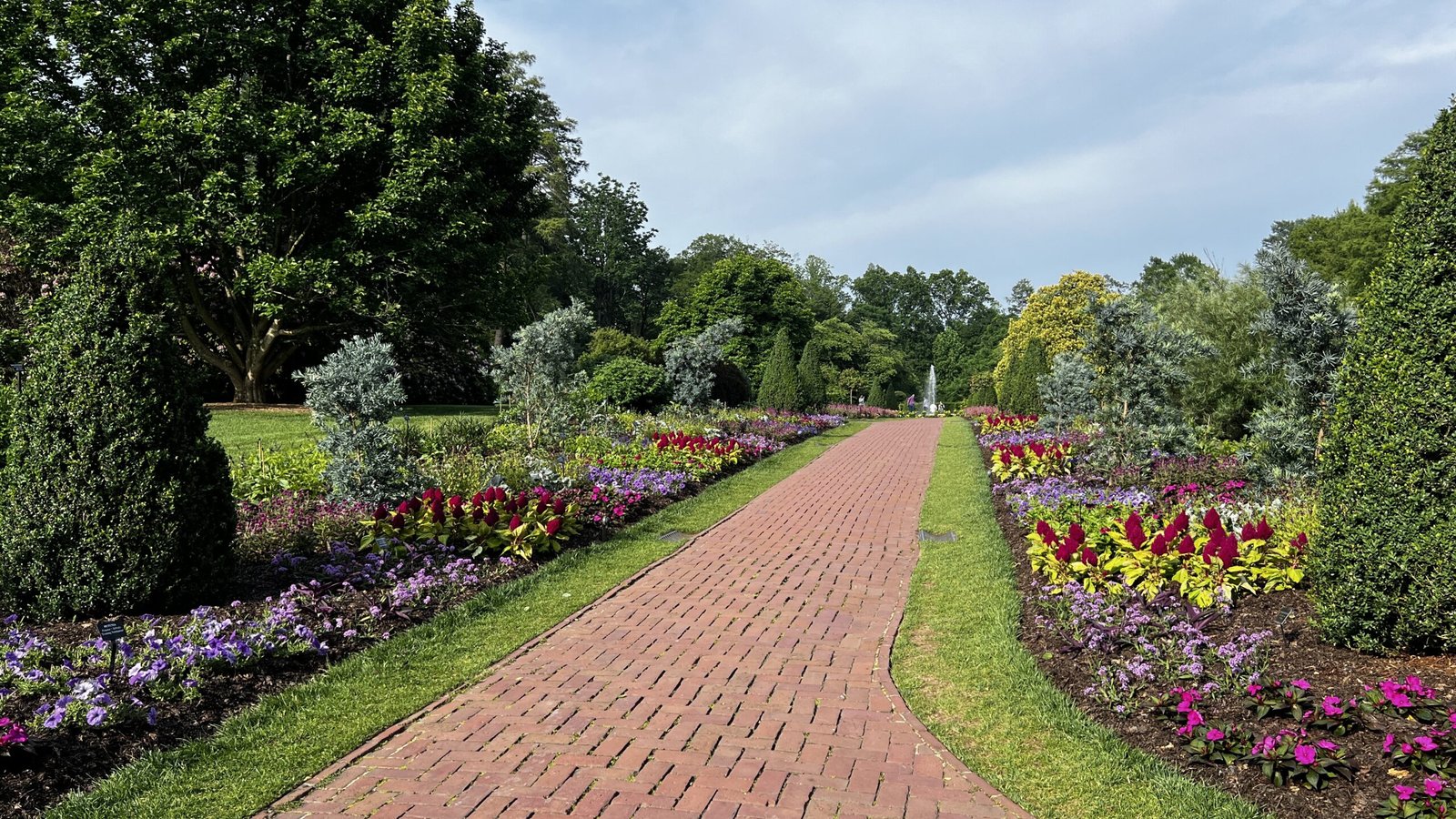
Mediterranean and Cascade Gardens
Since purchasing the Quaker farm in 1906, Pierre infused its 1,110 acres with themed gardens, majestic fountains, and sweeping conservatories. I toured the garden’s six districts, including the West Conservatory District, which opened in 2024, showcasing Mediterranean landscapes with islands of plants.
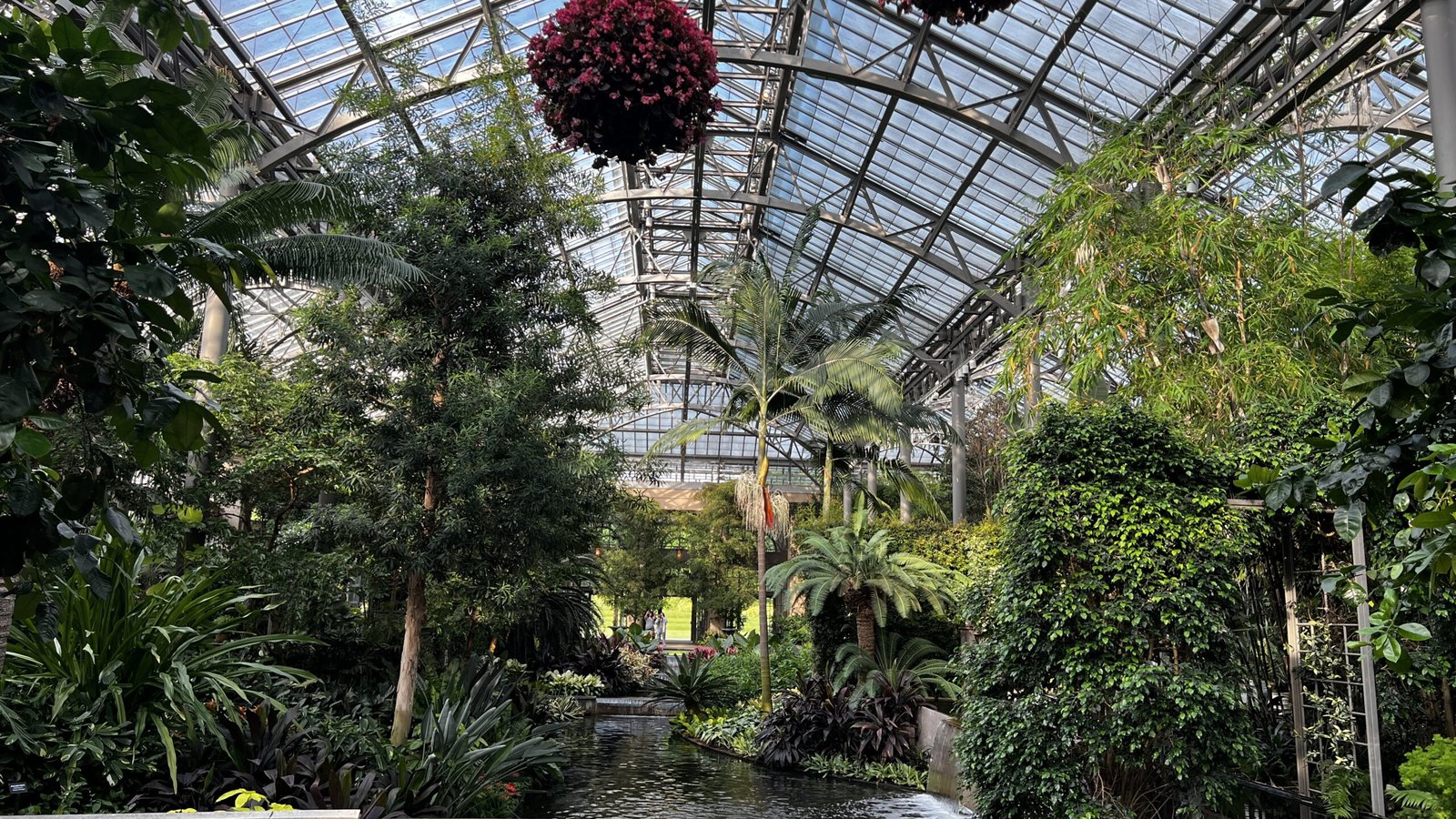
A custom glasshouse covers the Cascade Garden, the only intact garden in North America by acclaimed Brazilian landscape architect Robert Burle Marx.
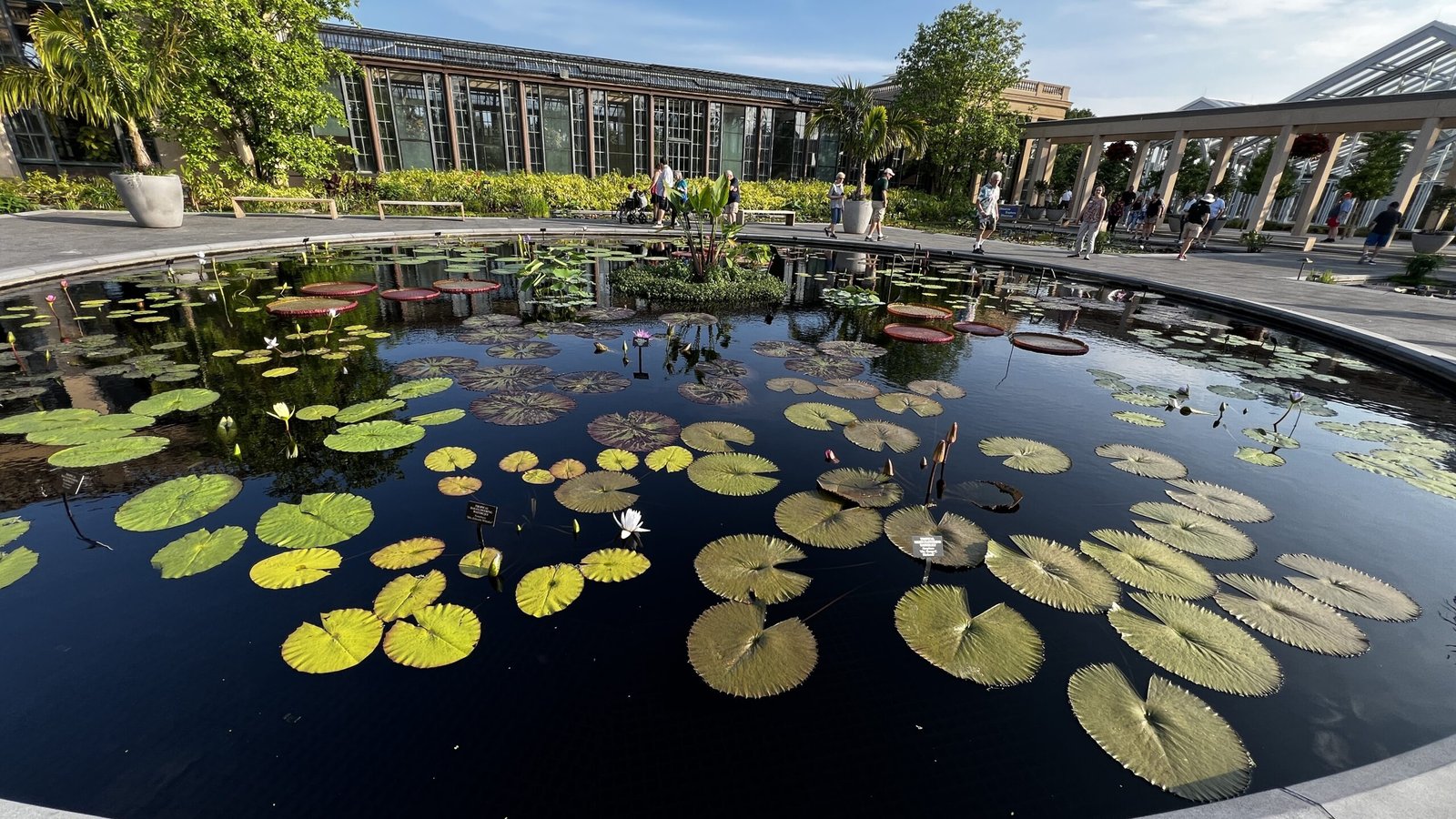
Bonsai, Waterlilies, and Interactive Displays
The Waterlily Court opened in the Summer of 2025 as part of the Longwood Reimagined project. Aquatic plants float in shimmering pools, including 100 varieties of waterlilies, lotus, and South American water-platters.
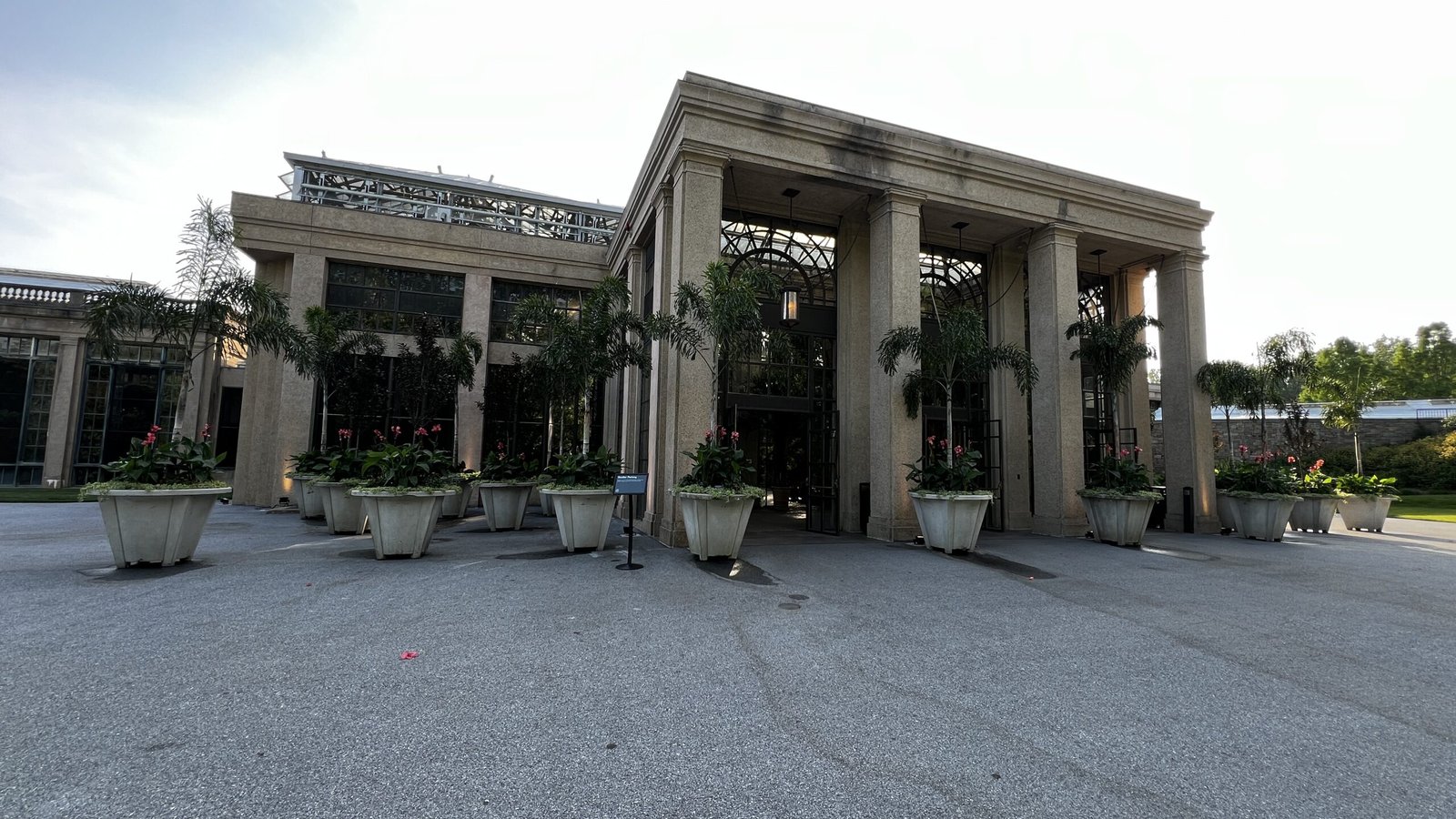
The Bonsai Courtyard houses one of the most significant public displays of Japanese-trained trees in North America. The courtyard entrance announces that “Every tree tells a story.” Bonsai is the Japanese art of growing and shaping trees in containers to emulate a mature tree. The growing process can take decades, even centuries, to produce the gnarled trunks, weathered bark, and slow growth patterns. Bonsai is the Japanese term for “tree in a pot.” Longwood began collecting bonsai trees after hosting an education program led by renowned bonsai artist Yuji Yoshimura in 1959. The gardens rotate the trees on display to showcase the wide diversity and styles of the collection.
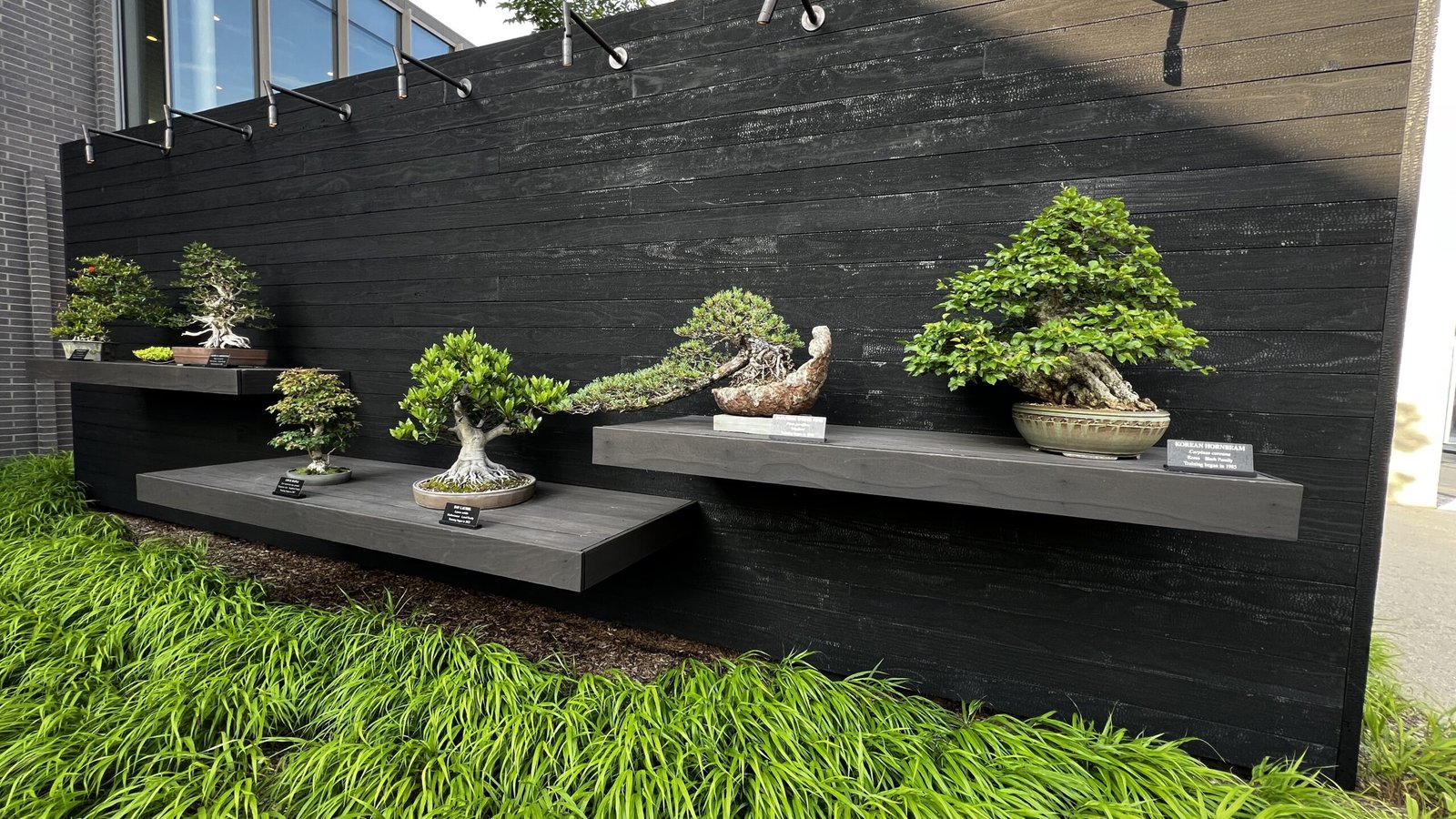
Dining at 1906 and the Festival of Fountains
The Main Fountain Garden at Longwood Gardens underwent a $90 million, two-year refurbishment that included an overhaul of the underground infrastructure and upgrades to the. The project also equipped the fountains with cutting-edge lighting and fire‑and‑water effects to stage the popular summertime Festival of Fountains. Restoration efforts also replaced approximately 4,000 limestone pieces.
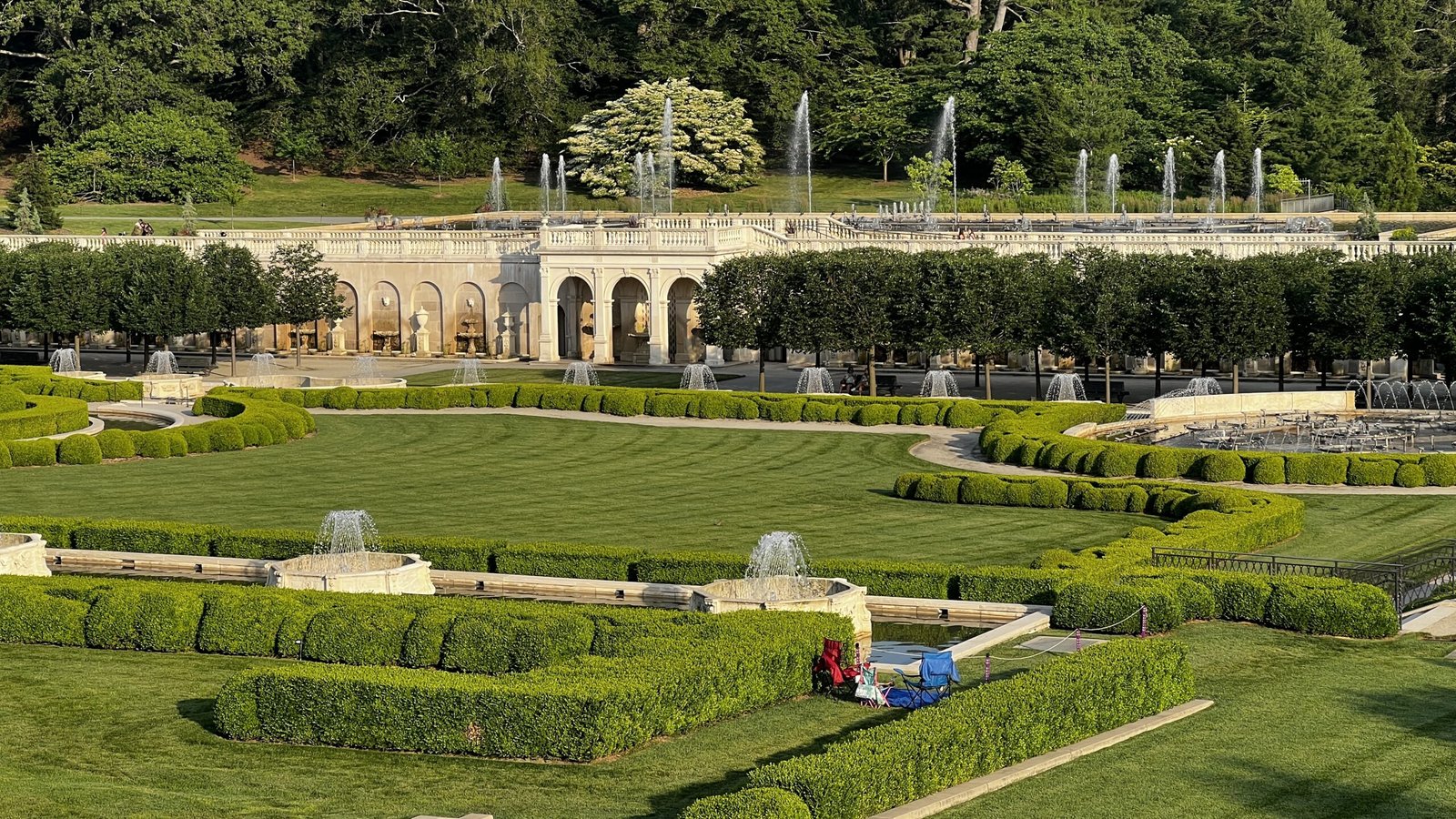
As sunset painted the sky, I dined at 1906, Longwood’s newly refurbished restaurant overlooking the fountains.
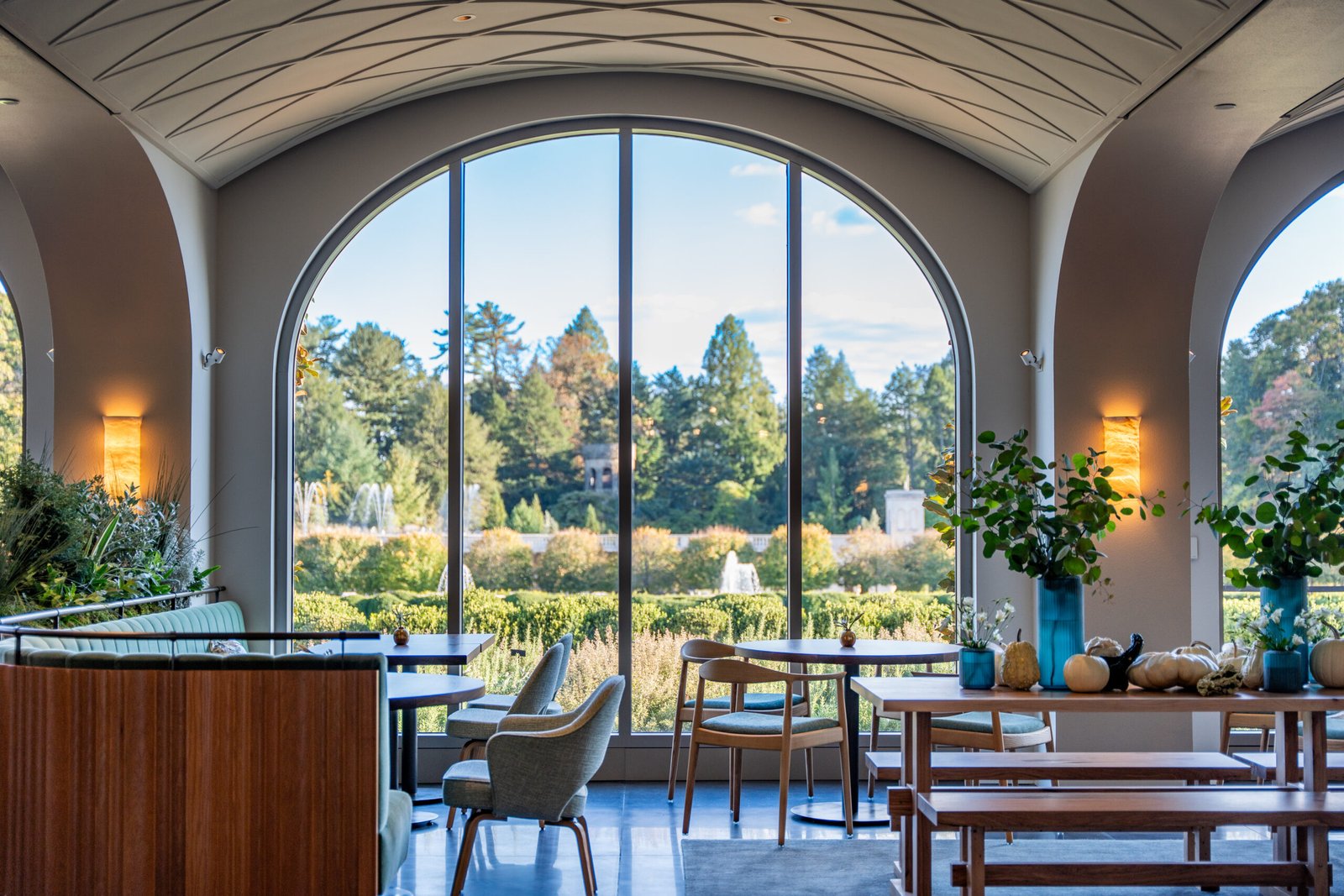
1906 offers dishes featuring ingredients from Longwood Gardens’ onsite ornamental kitchen garden, which cultivates over 200 varieties of fruits, vegetables, and herbs.
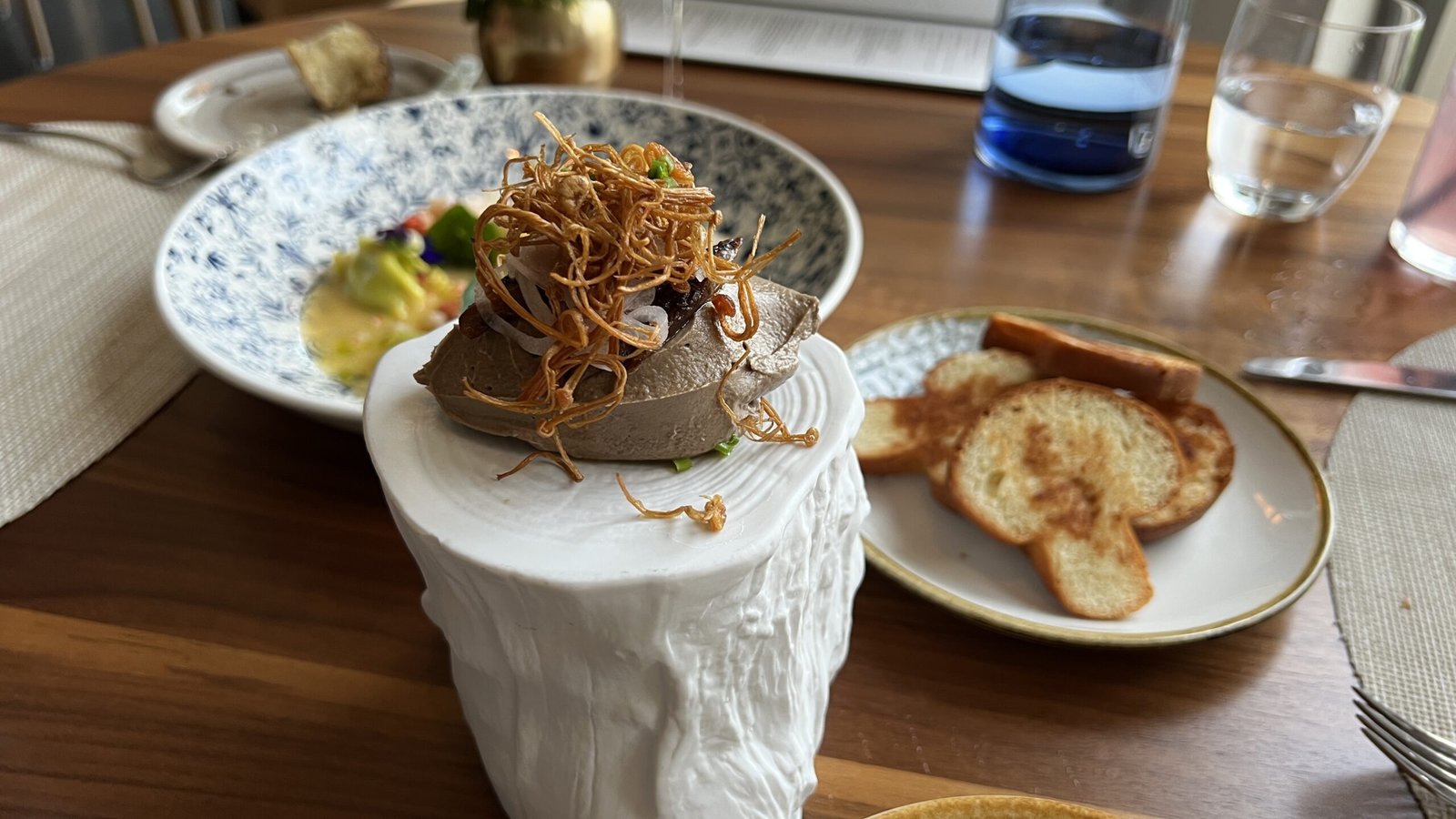
The menu also pays homage to the region’s reputation as the Mushroom Capital of the World, featuring dishes and desserts infused with fungi.
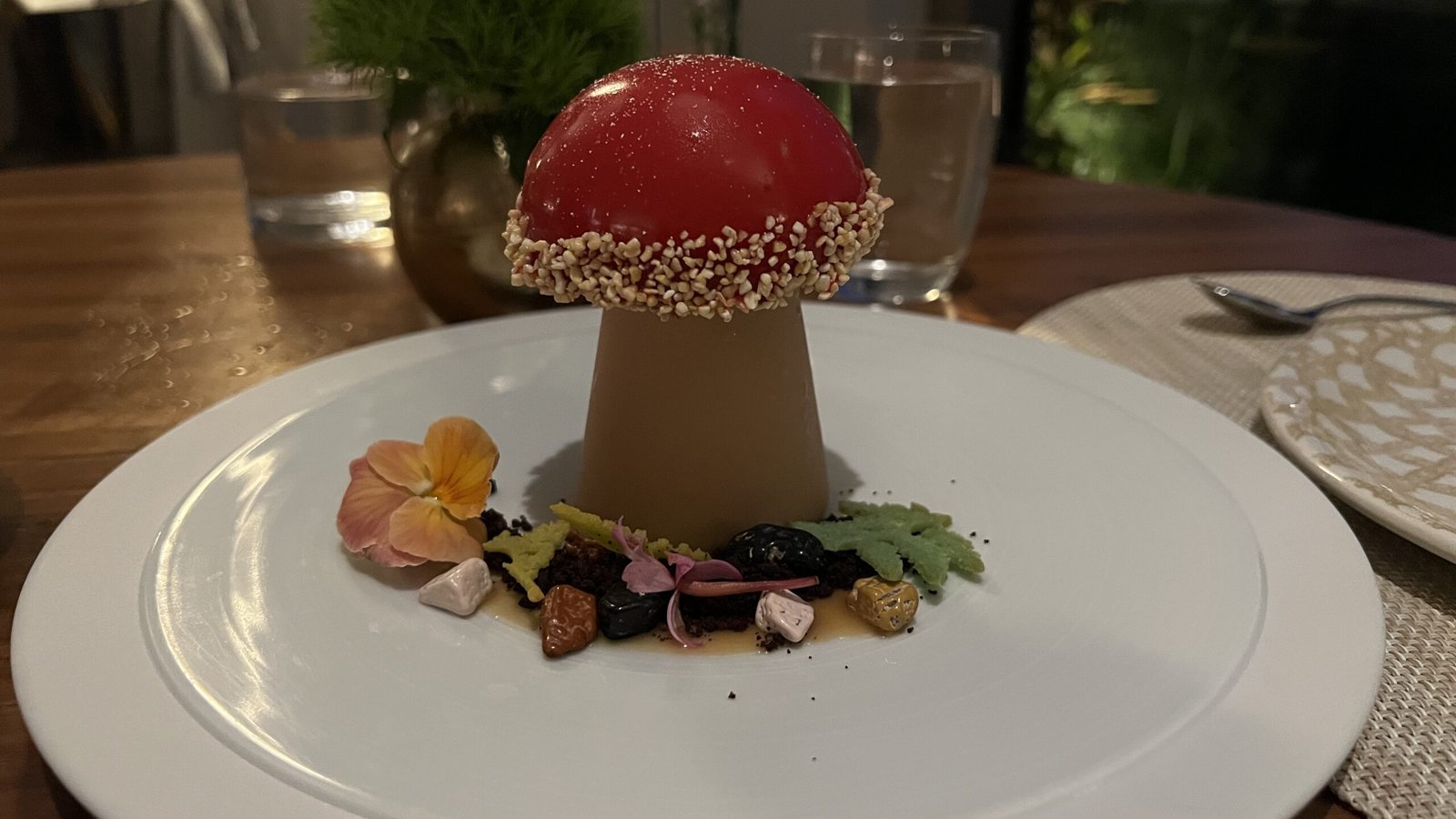
Afterward, I joined the gathering crowd for the Festival of Fountains, a dance of water, light, and music. Each themed show is choreographed to popular tunes ranging from The Beatles to Taylor Swift. Longwood also stages daily fountain shows from May to August. The Sounds of Summer program features live performances in the Open Air Theatre, ranging from concerts to comedy shows. from The Beatles to Taylor Swift.
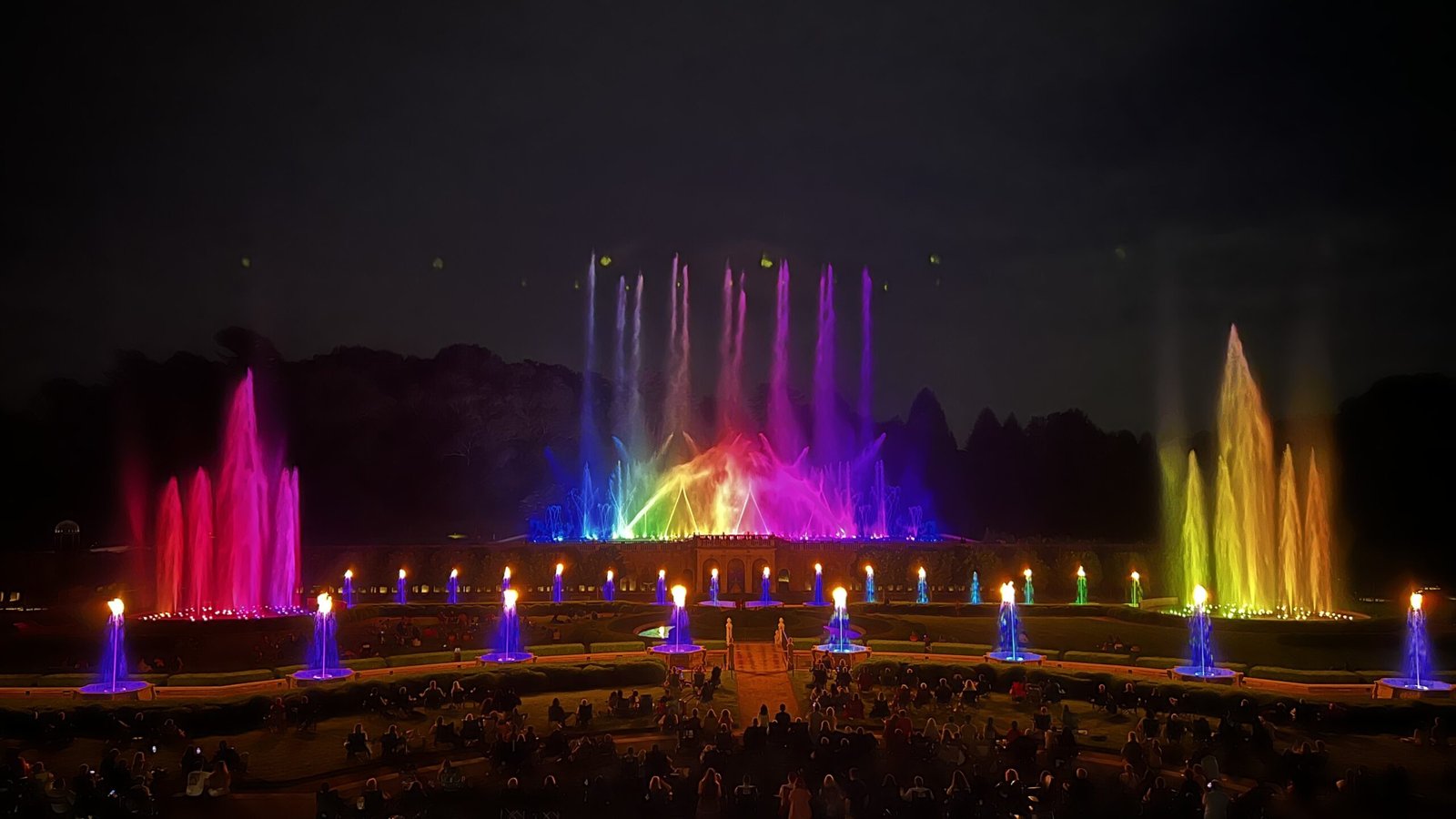
Plan Your Visit to Iconic Brandywine Valley Gardens
The Brandywine Valley, shaped by the vision and generosity of the du Pont family, is more than a garden lover’s paradise—it’s a living storybook of American heritage. Pack your curiosity and sense of wonder to explore America’s Garden Capital, where gardens bloom with stories.
What to Know Before You Go:

- Pick up a Garden Passport to guide your adventure and collect stamps from each site. Visit americasgardencapital.org/passport to start your itinerary.
- Winterthur is about a 40-minute drive from Philadelphia and is open Tuesday through Sunday.
- Longwood Gardens is open year-round with seasonal hours; it’s closed on Tuesdays.
- Nemours Estate welcomes visitors from April through December.
Stay Connected Anywhere with Saily eSIM
Traveling soon? Skip the hassle of buying local SIM cards and enjoy instant connectivity with Saily eSIM.
With Saily, you can:
- Activate mobile data in minutes—no physical SIM needed.
- Choose affordable plans in over 150 countries.
- Keep your WhatsApp, contacts, and number without switching.

Whether you’re exploring cities or remote getaways, Saily makes staying online easy and affordable.
👉 Get your Saily eSIM now and travel worry-free.
Learn more about exploring Brandywine Valley:
Book Your Tours Here:
Read More Must-Visit Brandywine Valley Spots
Photogenic Covered Bridges in Brandywine Valley Pennsylvania








